|
Substation Equipment: Conduits Conduits Conduits are hollow tubes running from manhole to manhole in an underground transmission or distribution system. They can contain one or more ducts (See Duct Runs). They can be made of plastic (PVC), fiberglass, fiber, tile, concrete, or steel. PVC and fiberglass are most commonly used. 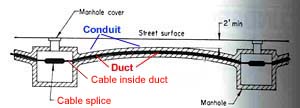 Figure 1. Conduit Substation Equipment: Duct Runs Duct Runs Duct runs are hollow tubes running from manhole to manhole inside a conduit (see conduits) in an underground system. They are of various sizes usually from 2 to 6 inches in diameter. Electrical cables are run through ducts and the ducts are sized accordingly. The diameter of a duct should be at least 1/2 to 3/4 inch greater than the diameter of the cable(s) installed in the duct. They can be made of plastic (PVC), fiberglass, fiber, tile, concrete, or steel. PVC and fiberglass are most commonly used.  Figure 1. Duct run showing drainage in both directions Figure 1. Duct run within conduit showing drainage in both directions 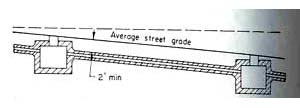 Figure 2. Duct run on a grade Substation Equipment: Manholes Manholes A manhole is the opening in the underground duct system which houses cables splices and which cablemen enter to pull in cable and to make splices and tests. Also called a splicing chamber or cable vault.  Figure 1. Manholes 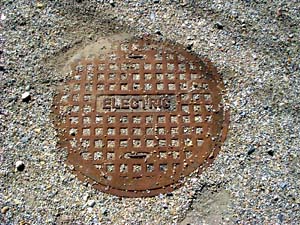 Figure 2. Manhole cover Substation Equipment: High-Voltage Underground Cables High-Voltage Underground Cables High-Voltage underground cables are constructed in many different ways, but are usually shielded cables. They are made with a conductor, conductor-strand shielding, insulation, semi-conducting insulation shielding, metallic insulation shielding, and a sheath. The sheath can be metallic and may then serve as the metallic insulation shielding and be covered with a nonmetallic jacket to protect the sheath. This sheath helps to reduce or eliminate inductive reactance. Such cables are commonly used in circuits operating at 2400 volts or higher.  Figure 1. High-voltage underground cables 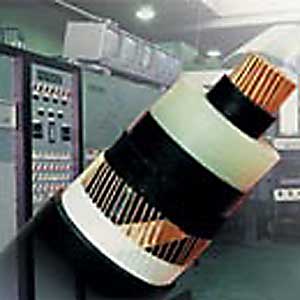 Figure 2. High-voltage underground cables Substation Equipment: Transformer Vault Transformer Vault A transformer vault is a structure or room in which power transformers, network protectors, voltage regulators, circuit breakers, meters, etc. are housed. 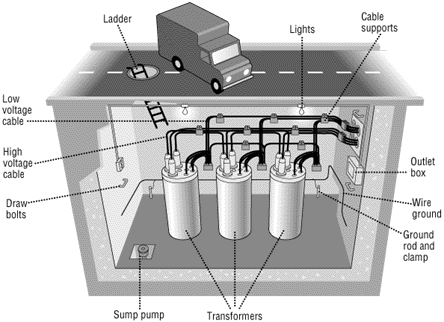 Figure 1. An underground transformer vault Substation Equipment: Riser Riser A riser is a set of devices that connects an overhead line to an underground line. A riser has a conduit from the ground up the pole where potheads are used to connect to the overhead lines. 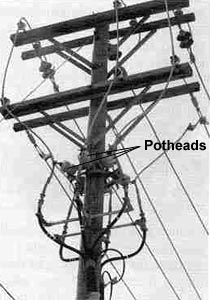 Figure 1. Riser 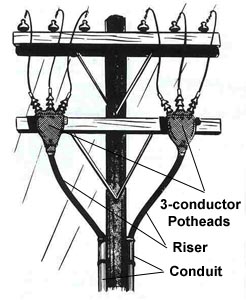 Figure 2. Riser diagram Substation Equipment: Transformer - Underground Transformer - Underground An underground transformer is essentially the same as an aboveground transformer, but is constructed for the particular needs of underground installation. Vault type, pad-mounted, submersible, and direct-buried transformers are used in underground systems. Pad-mounted transformers are installed on a concrete pad on the surface near the end-user. 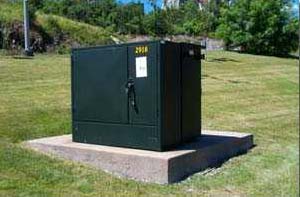 Figure 1. Pad-mounted transformer for underground system  Figure 2. Transformer in underground vault |
